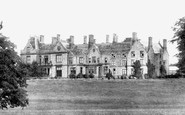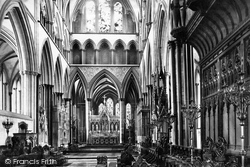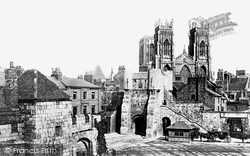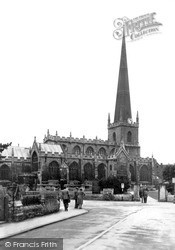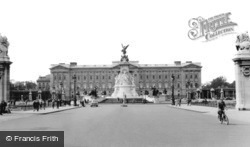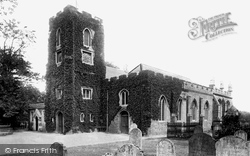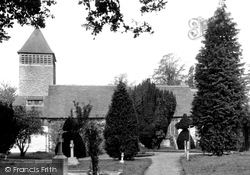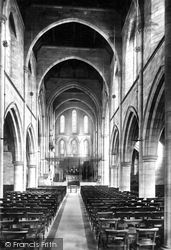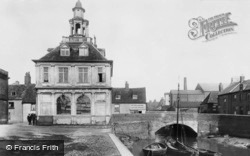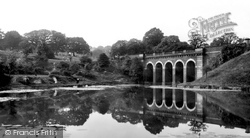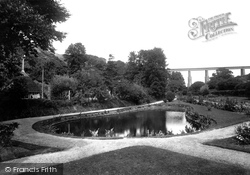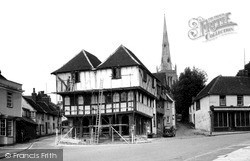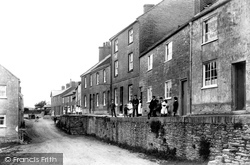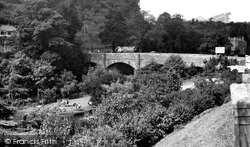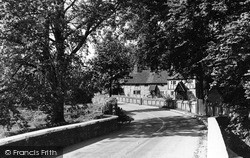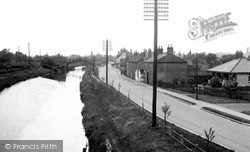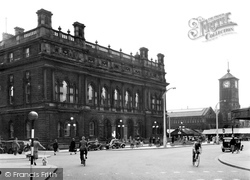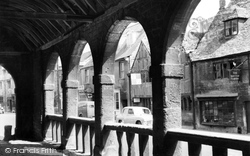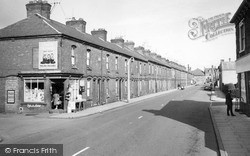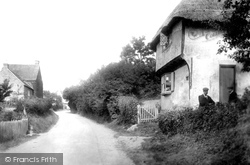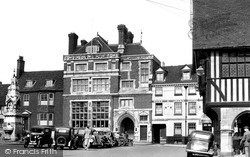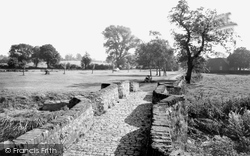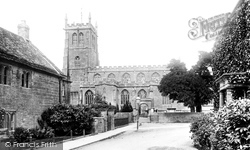Places
Sorry, no places were found that related to your search.
Photos
5 photos found. Showing results 441 to 5.
Maps
83 maps found.
Books
Sorry, no books were found that related to your search.
Memories
1,128 memories found. Showing results 221 to 230.
The Foresters On The Left
In front is the Crown PH. Later Slough College was built behind the left hand side, in the 60's when we were at the College we used to eat at The Foresters, a pub on the left, pie mash & beans and a light and lime ...Read more
A memory of Slough by
Ryhill Res
Ryhill Reservoir was the place where my sister Mary took me in the summer months, mainly on Sundays, and at that time there was a small shop which sold ice cream and pop and also fishing nets attached to a bamboo cane; there were plenty of ...Read more
A memory of Ryhill in 1961 by
Evacuees
As a small boy, my father-in-law Derek Munson was evacuated with his siblings to Crawley. They stayed at a farm house (which was later owned by Peter Butterworth - any further info on this would be much appreciated) but used to go to ...Read more
A memory of Crawley in 1940 by
The Nursery
I was born in 4 The Nursery in 1944. My gran Elizabeth Bayles, my mother Emma Bayles. I went to Millbank School at age 4yrs. I can remember my first teacher there Miss Watkins. My Mother worked at Lockeys buses as a bus conductor. ...Read more
A memory of West Auckland in 1953 by
My Memories
I first came to stay in the area when I was about 4 yrs old, I was born in 1951. We stayed in a tent on a farm just outside Llanrhaeadr on the Pistyll Falls lane. The farm was owned by a man called John Jones, his wife and ...Read more
A memory of Llanrhaeadr-ym-Mochnant in 1955 by
Moorfield Rd Salford6
My first memories of Salford are living at 40 Moorfield Rd - just down the road was Holy Angels Church. I went to the brownies there and remember doing the maypole on the green outside the church. I went to St Johns Primary ...Read more
A memory of Salford in 1960 by
Downlands Nursery Old Coulsdon
My father was killed in the early part of the war, therefore my mum had to go to work and find a nursery placement for me. We lived in Caterham-on-the-Hill and the nearest nursery was Downlands, at Old Coulsdon. I ...Read more
A memory of Old Coulsdon in 1940 by
Bank Top Garage
I joined the Bank Top Garage at Whickham, Bank Top, after being made redundant from George and Jobling. It was a bit run down and not what I was used too, but I thought I would get a wage so I would give it a shot. The main business ...Read more
A memory of Whickham in 1973 by
Junior Years 1947 1951
The junior years at Sydney Road School were quite good for me, despite the fact that I was the worst fighter in our year. Before a blow had even touched me I would be crying [talk about Coward of the County], ...Read more
A memory of Intake in 1951 by
Maesycwmmer And Beyond
Born in 1949, was brought up in Maesycwmmer, lived in Vale View, went to the primary school, and later to Ynysddu Sec. Mod. My parents were Tom and Violet, siblings were Robin [who still lives in the village], Roger R.I.P. ...Read more
A memory of Maesycwmmer by
Captions
1,233 captions found. Showing results 529 to 552.
The light Chilmark limestone, quarried only ten miles away, contrasts with the dark Purbeck marble of the slender shafts supporting the arches.
The stone-arched building on the right was the postern tower built in 1497 on St Mary's Abbey walls; it is now an office for First York Buses.
The two-storey north porch has a two- centred arch. The east window dates from 1846- 48.
Marble Arch stood here in the Mall until 1850, when it was removed to its present position at the top of Park Lane.The Mall, an expansive and formal approach to the Palace, is fringed with limes
The yellow brick west tower has a re-used Norman zig-zag arch to the doorway.
The chancel and nave walls are more than 700 years old, and the nave arches were fashioned out of chalk from nearby Odiham.
The high arched ceiling is supported on slim pillars of pale stone, creating a light and welcoming interior. The pulpit is of alabaster and the screen of ironwork.
The opening in 1912 of the County Hall in Cathays Park provided a much-needed centrally contained administrative centre for Glamorgan.
It began life as the Merchants' Exchange, with an open-arched arcade on the ground floor. This was blocked in 1718 when the building was converted for use as a Customs House.
The five-arch later 19th-century red-brick bridge still rather pompously carries a narrow roadway across the pond in the south west angle of the Heath.
Its iron girders were replaced in 1939 with stone arches.
Controversially, he removed the plasterwork - thus exposing the timber-framing - and disposed of the 500-year- old arches between the posts on the ground floor.
It is best known for the beauty of the architecture of its two churches: the ancient building has been sympathetically restored, and the newer place of worship has four impressive stone arches
Dart Bridge is the first on the river to be built from anything other than granite - its four arches are constructed from local limestone.
At Water End, the River Gade runs under the fine three-arched bridge and through water meadows shaded by beech, willow and oak trees.
The arch is that to the 1911 pipe bridge that carries Lincoln's water from Nottinghamshire. The present footbridge is a Victorian one placed here in 1987.
This is how local historian W A Abram described the Town Hall: 'The west front, 120 feet wide, with an elevation of 63 feet, presents the main entrance in the centre, by three massive arched doorways
Here we glimpse the High Street through the arches of the Market Hall, which was built in 1627 at the expense of Sir Baptist Hicks.
Bootscrapers, timber-sashed windows and moulded brick arched heads to the ground floor windows and doors provide a quality so often lacking in modern housing.
The 19th-century squire, Sir Edward Cholmeley Dering, had every window in the village altered to have rounded lights under an exterior arch in the belief that this would bring good luck.
The storks in the spandrels of the doorway arch are often found on Gibson buildings. In the late 19th century the bank of the Gibsons amalgamated with others to form Barclays.
It is thought that Macbeth may have lived at Inverness Castle, or used it as a base for operations against the Orcadians.The suspension bridge superseded a stone bridge of seven arches, which was destroyed
On the south-east side of the village the five-arch stone bridge, perhaps of the 16th century, steps quietly across the very reedy Rotherby Brook.
To the left are the arched and mullioned windows of the 1661 Almshouses; partly hidden is Ashlar House, which is mid 18th- century and set at the corner of Pound Lane, which leads to the moated Manor
Places (0)
Photos (5)
Memories (1128)
Books (0)
Maps (83)




